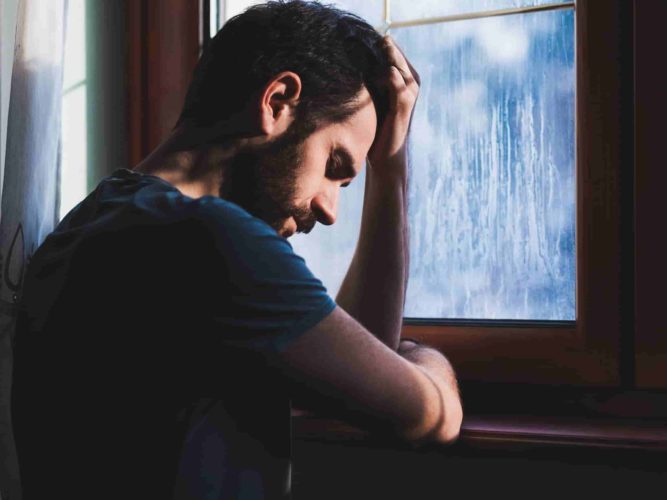
It is often thought that eating disorders are a “women’s disease” and therefore don’t affect men. In reality, about one third of those with eating disorders are male. Anyone can struggle with this type of condition. In honor of Men’s Health Month in June, here is some information about eating disorders in men.
1. Eating Disorder Symptoms May Look Different in Men
Eating disorders can look different in men. While women often use laxatives and vomiting to purge, men typically use exercise or fasting. Anorexia and bulimia are common for females, but males experience higher rates of binge eating. And men often have a more specific form of body dysmorphia that focuses on muscles. Whereas women strive to be thinner, men with eating disorders often seek to be more muscular.
2. Men Often Go Undiagnosed Due to Stigma or Misconceptions
It can be hard for men to receive an eating disorder diagnosis for several factors. In general, males are more reluctant to seek treatment or tell anyone about their disorder because they feel a sense of stigma. They may mistakenly think men don’t develop eating disorders.
Even doctors can struggle to diagnose an eating disorder in males because they may fail to recognize the different symptoms. Some of the criteria for diagnosing these conditions are also aimed specifically at females. For example, menstrual irregularities only apply to women.
3. Treatment Can Be Harder to Access
In general, eating disorder treatment is highly specialized and not always available in a person’s geographical area. But it can be even harder for men to access the care they need because many treatment programs are exclusively female. Women-only residential programs are common. Even outpatient groups may consist almost entirely of women, which can make male participants feel underrepresented.
Peer support is another vital part of recovery. It can be a struggle to find other men in recovery because stigma often prevents them from speaking out about their experiences. And men who do not struggle with this condition may not understand it. They may even ridicule a man who is struggling because they are used to the gender norms that society enforces.
Attend eating disorder treatment from home with teletherapy sessions.
Learn More
4. Men Face Different Cultural Expectations Than Women
There has been a lot of discussion about the unrealistic cultural expectations for women and girls. Women feel intense pressure to be thin, an idea that is reinforced by celebrities, magazines, TV, and other media. Men are similarly pressured by media, but in a different way. The “ideal” male body is presented as extremely muscular. Repeated exposure to images of muscular men can lead to body dissatisfaction and disordered behaviors.
The truth is, these cultural expectations are completely unrealistic. The images we see are often doctored through photo editing software to achieve an impossible look. But men and boys who see these images can come to internalize that ideal body image.
5. Treatment Needs to Be Individualized
While the same treatment methods are typically used for both women and men, each person’s treatment plan needs to be tailored to their needs. You might find that you are more comfortable when working with treatment providers who are also male, or the opposite may be true. It’s important for each individual to determine what makes them feel most comfortable.
Seeds of Hope offers outpatient treatment programs that accept people of all genders. We promote a welcoming, safe environment for our clients. If you are concerned about yourself or a loved one, take our eating disorder quiz to see if it could be an eating disorder.
Or call us at (610) 644-6464. We are currently offering our programs virtually on a secure video conferencing platform due to COVID-19.


